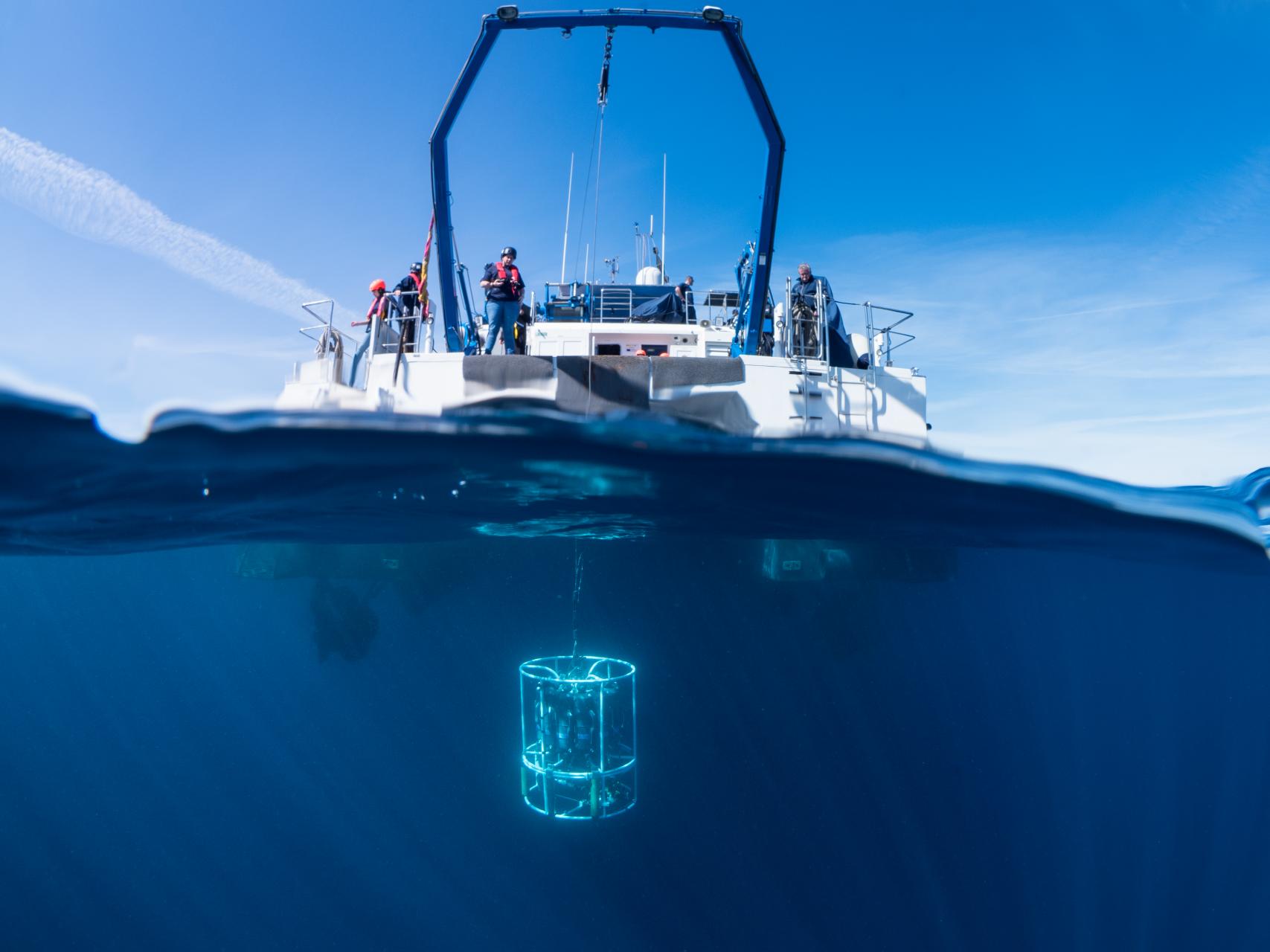The Balearic Sea has been considered one of the best-preserved regions of the Mediterranean. A marine and coastal environment in good ecological health is critical for the economic prosperity of the Balearic Islands.
But what state is the Balearic marine environment really in? Is it under pressure? Is it suffering irreversible damage? And what can we do as a society to conserve it and improve its health?

Collecting and bringing together all available information about the Balearic Sea, namely published marine scientific data and data collected by the public administration (water contamination, fisheries, marine protected areas, etc.), is vital to build a better picture of its true environmental status. This is the fundamental idea of the collaborative project ‘The Balearic Sea Report’, now in its third year.

All the marine research centers, the Government of the Balearic Islands, and expert organisations have joined forces to elaborate 150 indicators that reflect the state of Balearic Sea and coast. This information can help direct scientific and management efforts towards planning protection guidelines for vulnerable species and habitats and generate social awareness to promote sustainable use of the sea.
The latest version of the report, released on November 11 2021, can be found at www.informemarbalear.org
Although yet available in English, the data is simplified in infographics and a selection of photos that visualize the protected habitats and key species that surround us, so very much still worth a look! The summary version highlights key findings from 2020, and some datasets show how the Covid-19 crisis interrupted annual trends, particularly those to do with human threats to the sea such as tourism, maritime transport, underwater noise and beach use. For example, tourism was reduced by 80 %, and cruise ship transport by 95 %.

However, despite the reduction in some pressures in 2020, seawater quality did not improve. One year of reduced impact does not create significant changes in the ecosystem when species like corals live for a thousand years and Posidonia can reach a hundred thousand.
One of the strengths of this project is that it is constantly alive, so while you read this, new data is being collected to update and improve its content. Among the new information for the 2022 version is the distribution of shallow water corals, annual catch of shark and rays by the fishing fleet, the sedimentary evolution of sandy beaches and investment in marine research.
The initial idea and financing of this project came from the Marilles Foundation in 2019, but without the unconditional support of the more than 30 institutions involved in updating the data, the project will not have been feasible. An additional benefit is the fact that it facilitates a dialogue platform for scientists, policy makers and many sectors that operate at sea.
‘The Balearic Sea Report’ will continue maintaining this collaborative effort, because having a healthy sea matters to all of us.





No comments
To be able to write a comment, you have to be registered and logged in
Currently there are no comments.